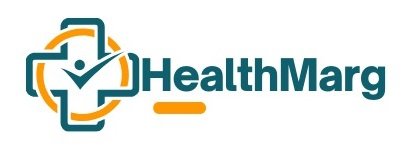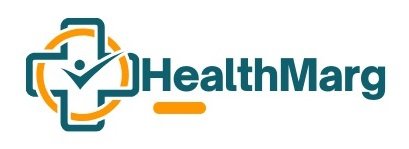Introduction: Heart health is a topic of growing concern worldwide. One key aspect of maintaining a healthy heart is ensuring clean arteries. But how can we achieve this? This blog post will guide you through the process of cleaning your arteries for good.
Understanding Arteries: Arteries are blood vessels responsible for carrying oxygen-rich blood from the heart to the rest of the body. Over time, due to unhealthy lifestyle choices and aging, plaque can build up in these arteries, leading to a condition known as atherosclerosis. The risk of stroke and heart disease may rise as a result.
Lifestyle Changes for Cleaner Arteries:
- Balanced Diet
A balanced diet is crucial for overall health and particularly for keeping our arteries clean. Foods rich in omega-3 fatty acids, fiber, and antioxidants can help prevent plaque build-up. Make sure your diet is rich in whole grains, fruits, veggies, lean meats and healthy fats.
- Regular Exercise
Regular physical activity can help increase the flexibility of the arteries, reducing the chance of plaque build-up. On most days of the week, try to get in at least 30 minutes of moderate-intensity exercise.
- Quit Smoking
Smoking is a major risk factor for atherosclerosis. Quitting smoking can significantly reduce the risk of plaque build-up in the arteries and improve heart health.
- Medical Interventions
In some cases, lifestyle changes may not be enough and medical intervention may be necessary. This can include medications to lower cholesterol and blood pressure or in severe cases, surgical procedures.

How can I check if my arteries are clean?
There are several ways to check if your arteries are clean:
- Cholesterol Screening: This test measures the levels of different types of cholesterol in your blood. High levels of low-density lipoprotein (LDL) cholesterol can lead to plaque build-up in the arteries.
- Chest X-ray: This can help detect certain heart conditions that may indicate blocked arteries.
- CT Scan: A CT scan can provide detailed images of your arteries, helping doctors identify areas of plaque build-up.
- Ultrasound: This test uses sound waves to create detailed images of your arteries, allowing doctors to see if there’s any blockage.
- Echocardiogram and/or Cardiac Stress Test: These tests can help determine if your heart is receiving enough blood, which could be affected by blocked arteries.
- Electrocardiogram (ECG): An ECG measures the electrical activity of your heart. Irregular patterns can indicate poor blood flow to the heart, possibly due to blocked arteries.
- Cardiac Catheterization: In this procedure, a small, flexible tube is inserted into a blood vessel and threaded to your heart. This allows doctors to examine the arteries for blockages.
- Coronary Artery Calcium Scan: This test uses a special X-ray technology to check for calcium deposits in the coronary arteries, which can indicate atherosclerosis.
- MRI or PET Scanning: These imaging tests can provide detailed pictures of your arteries and highlight areas of blockage.
- Physical Exam: Your healthcare provider may listen to your arteries with a stethoscope for a whooshing sound, which could indicate a blockage.
Conclusion: Cleaning our arteries is a lifelong commitment that involves making healthy lifestyle choices. By eating a balanced diet, exercising regularly and avoiding harmful habits like smoking, we can keep our arteries clean and enjoy a healthier, longer life. ##


